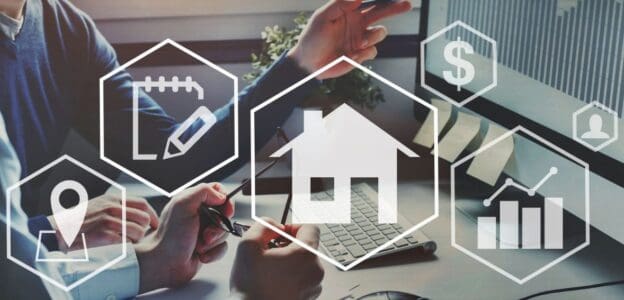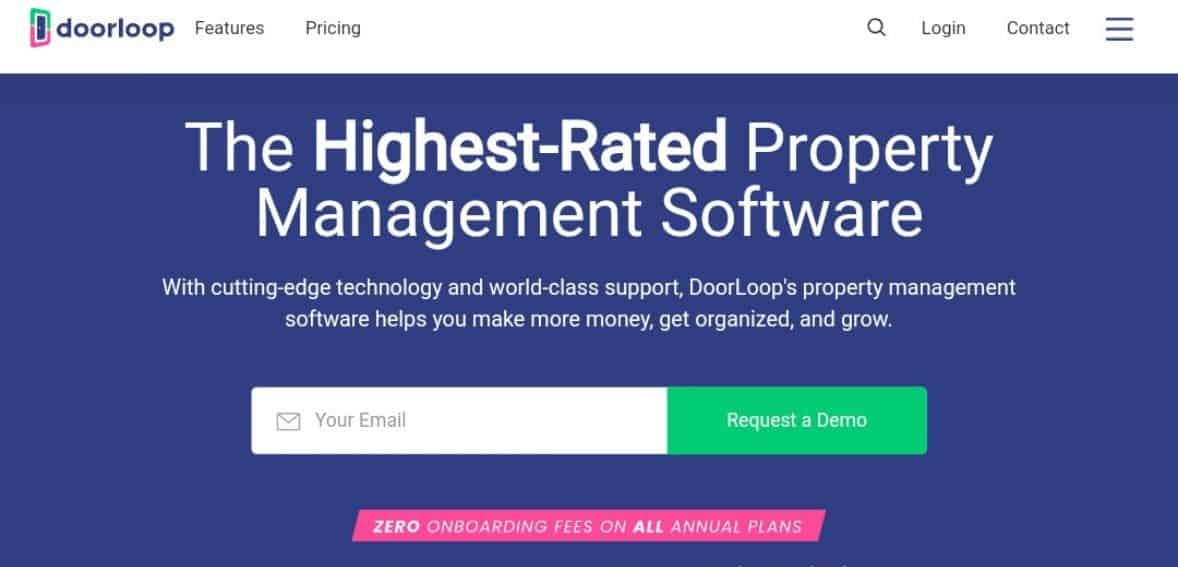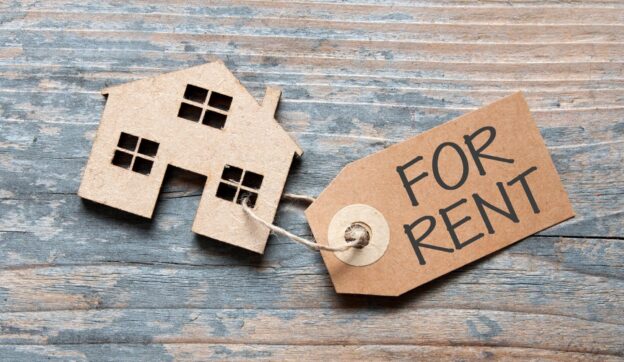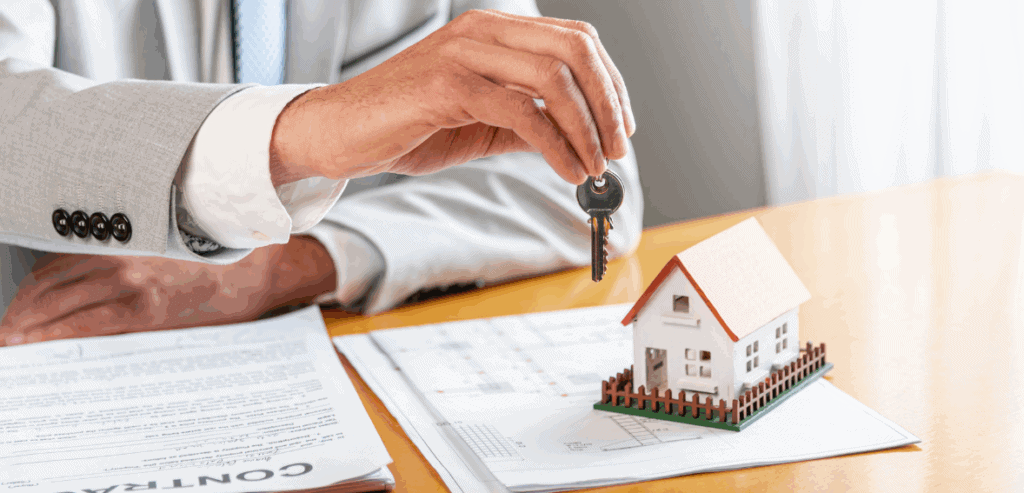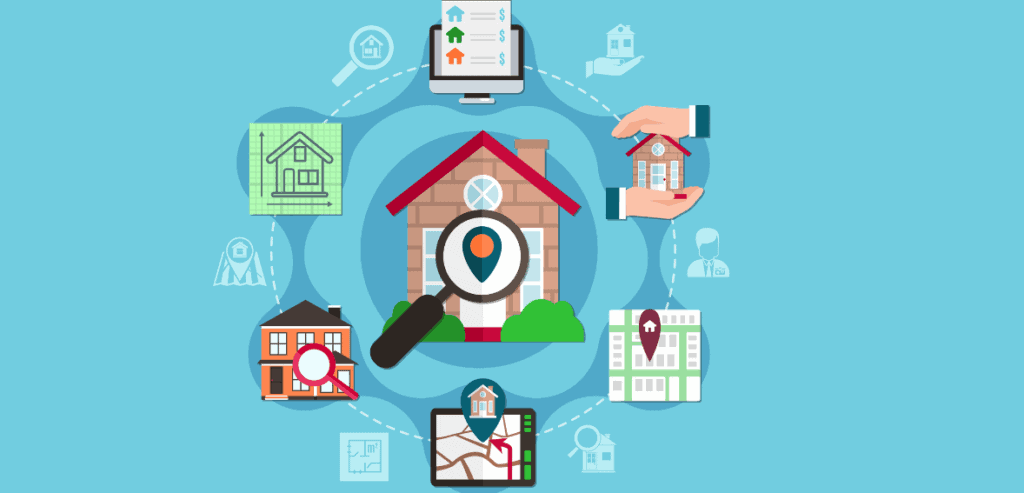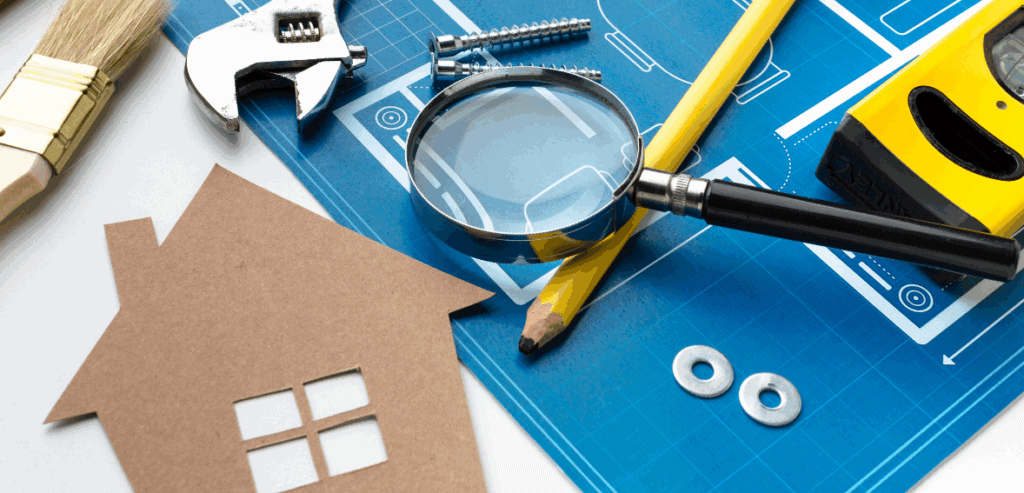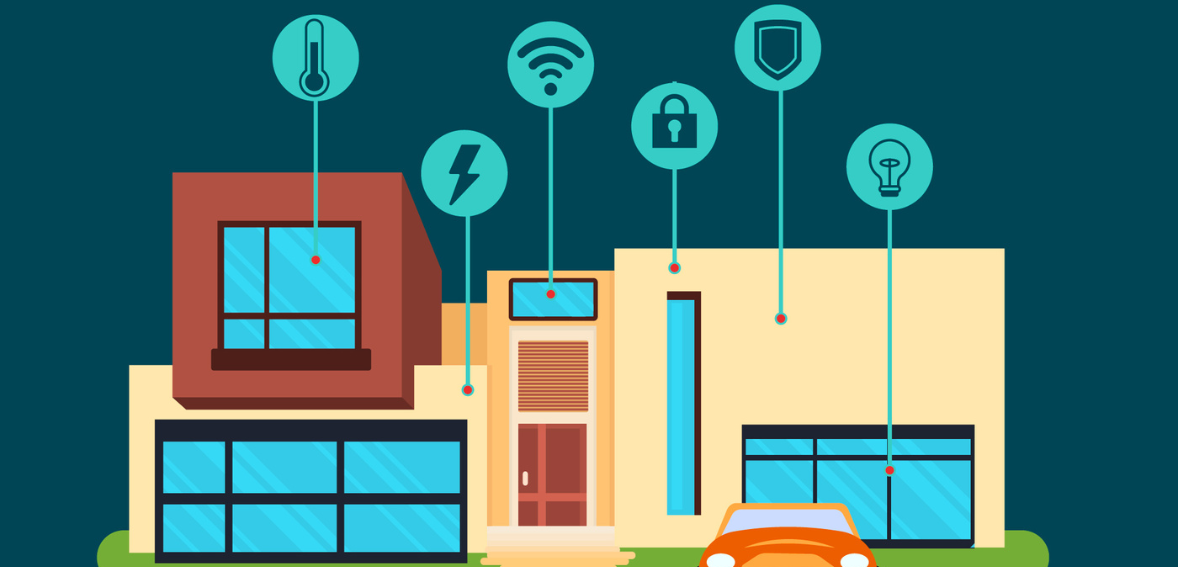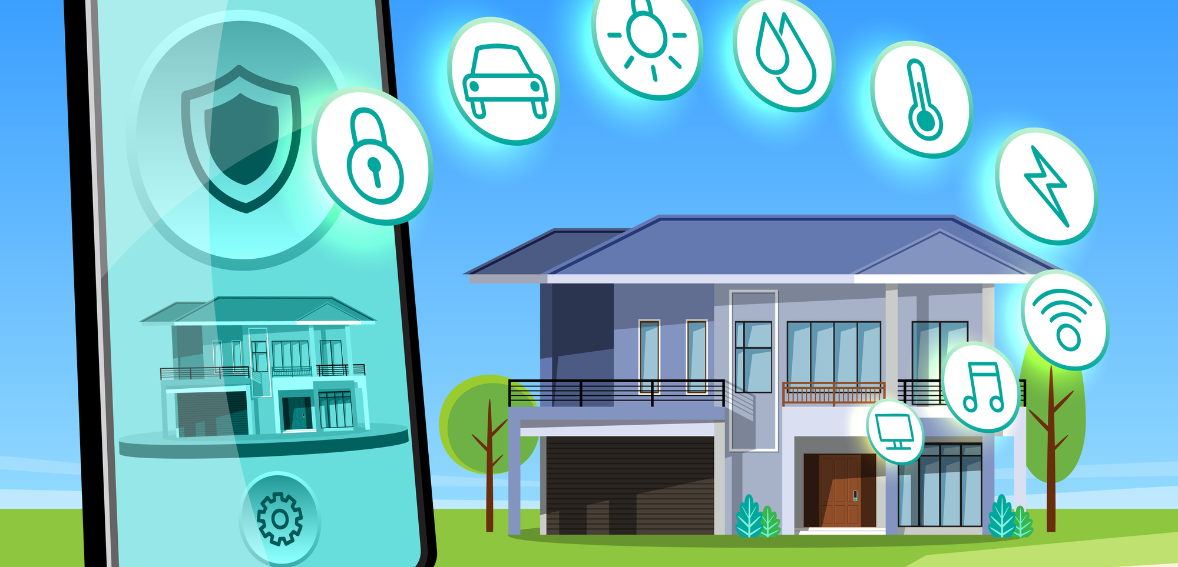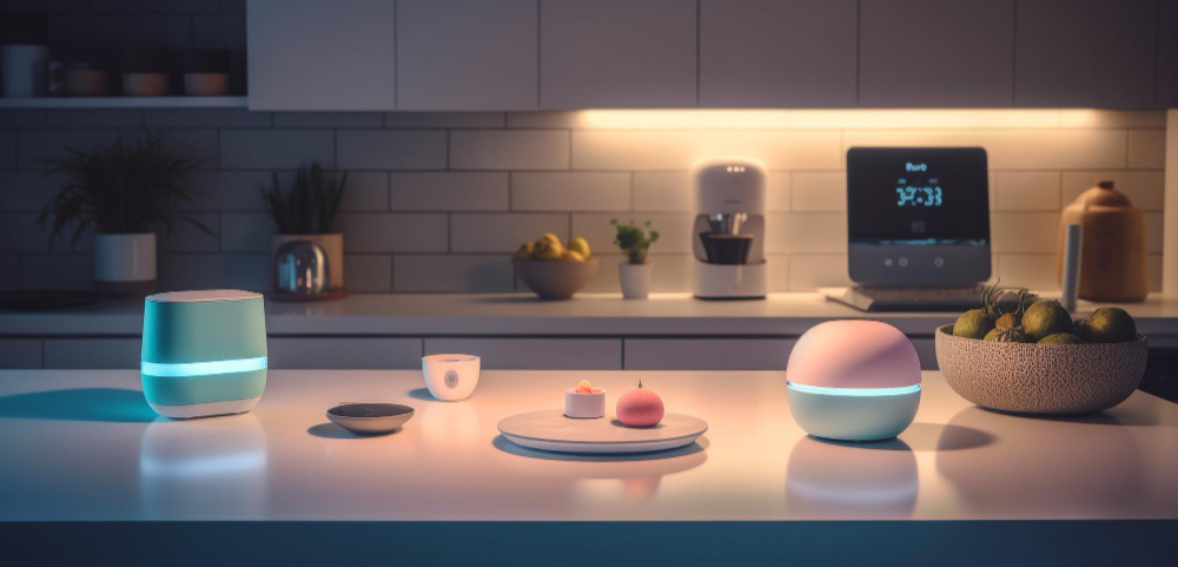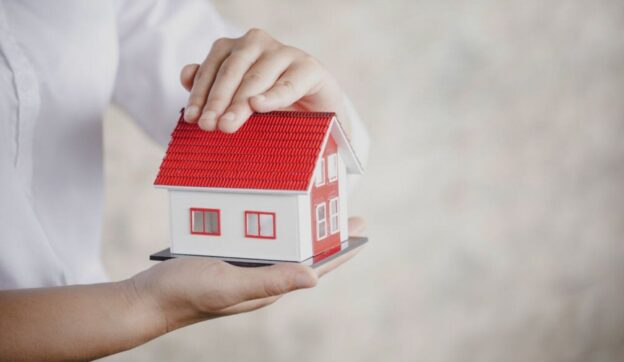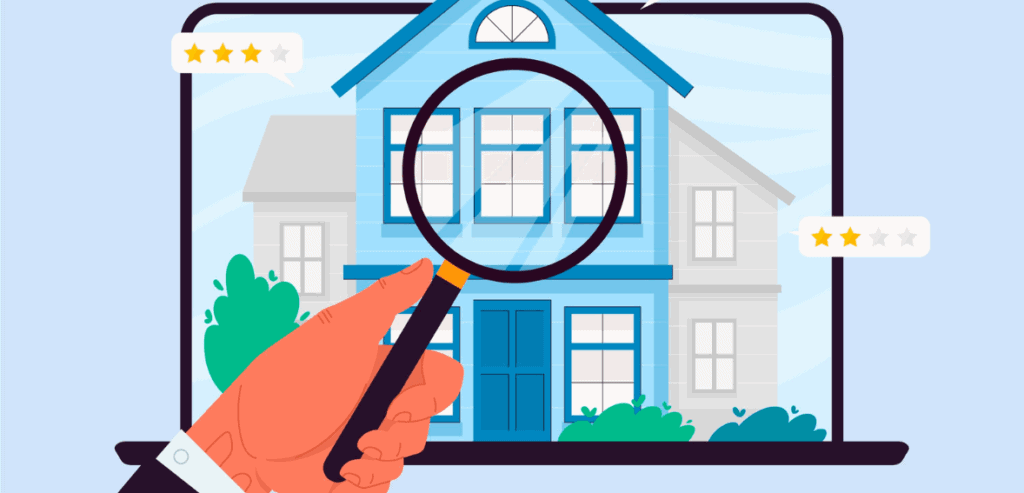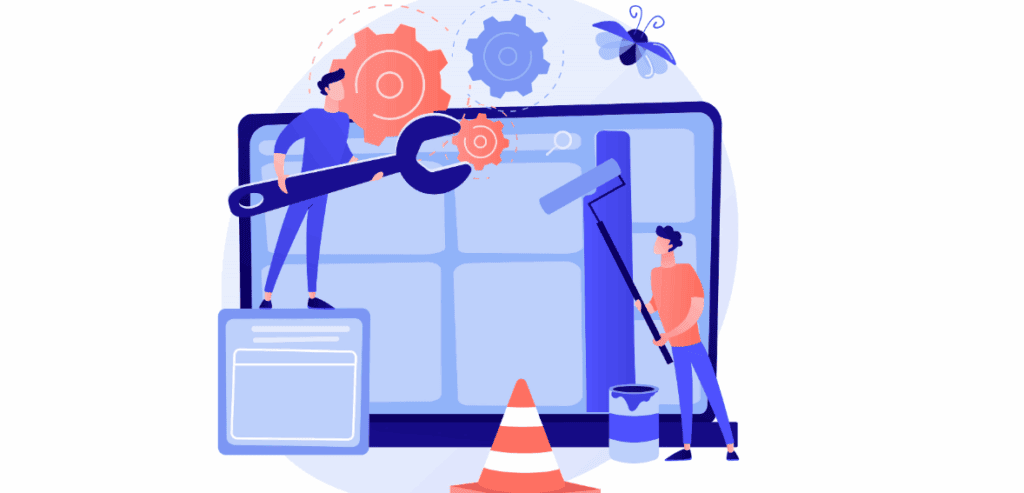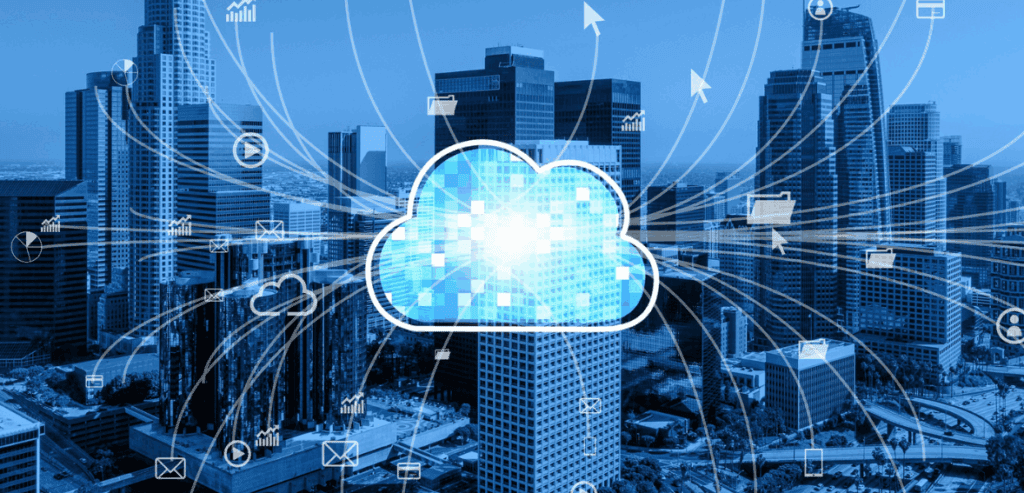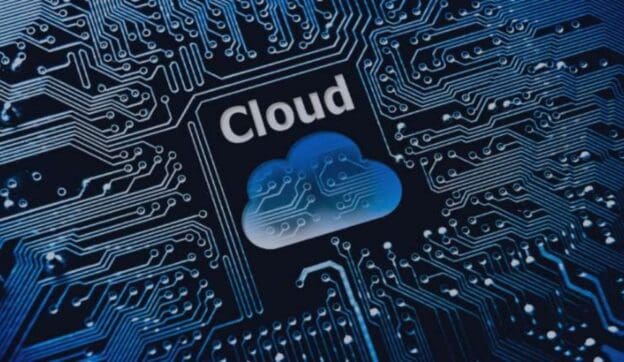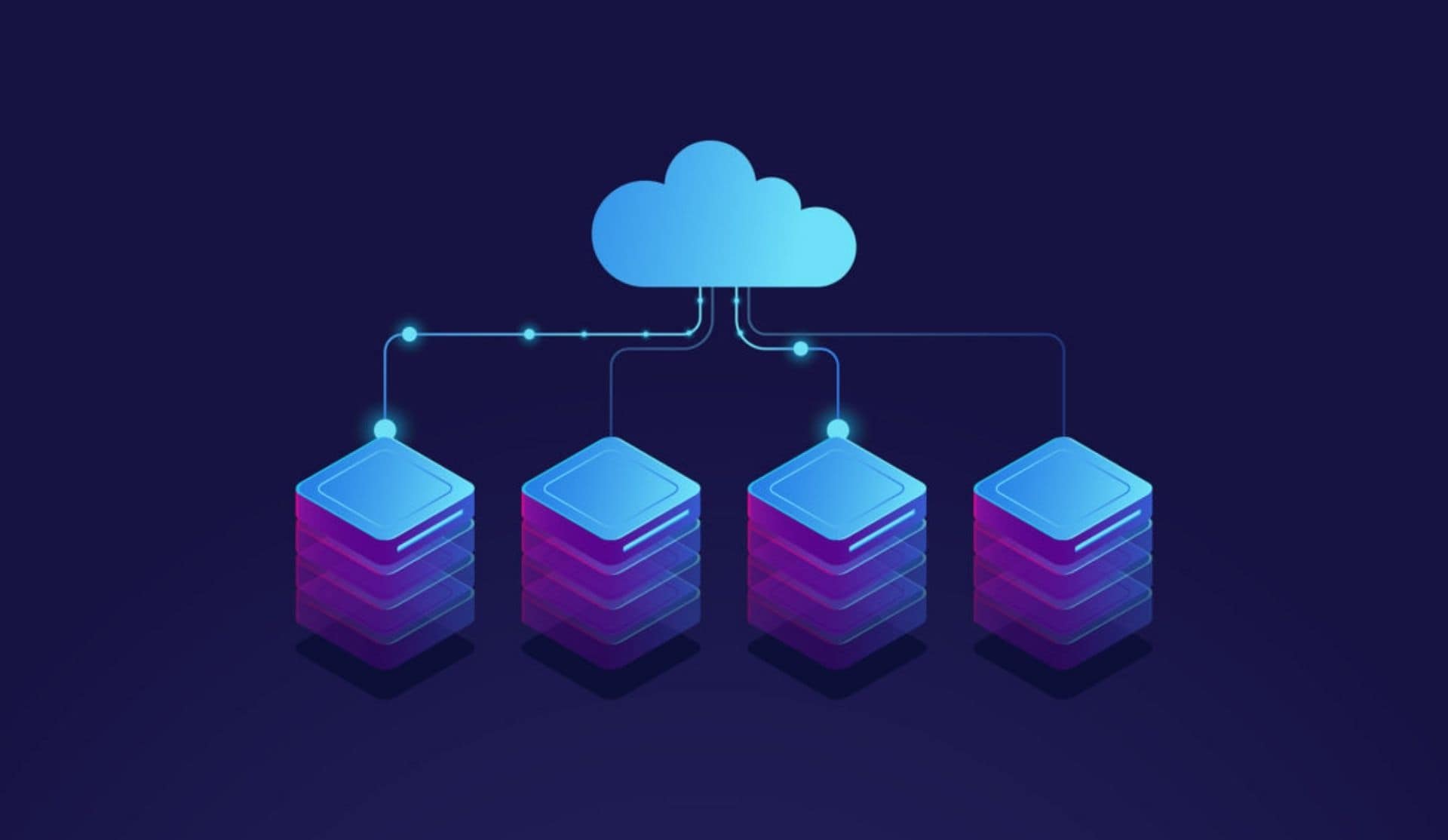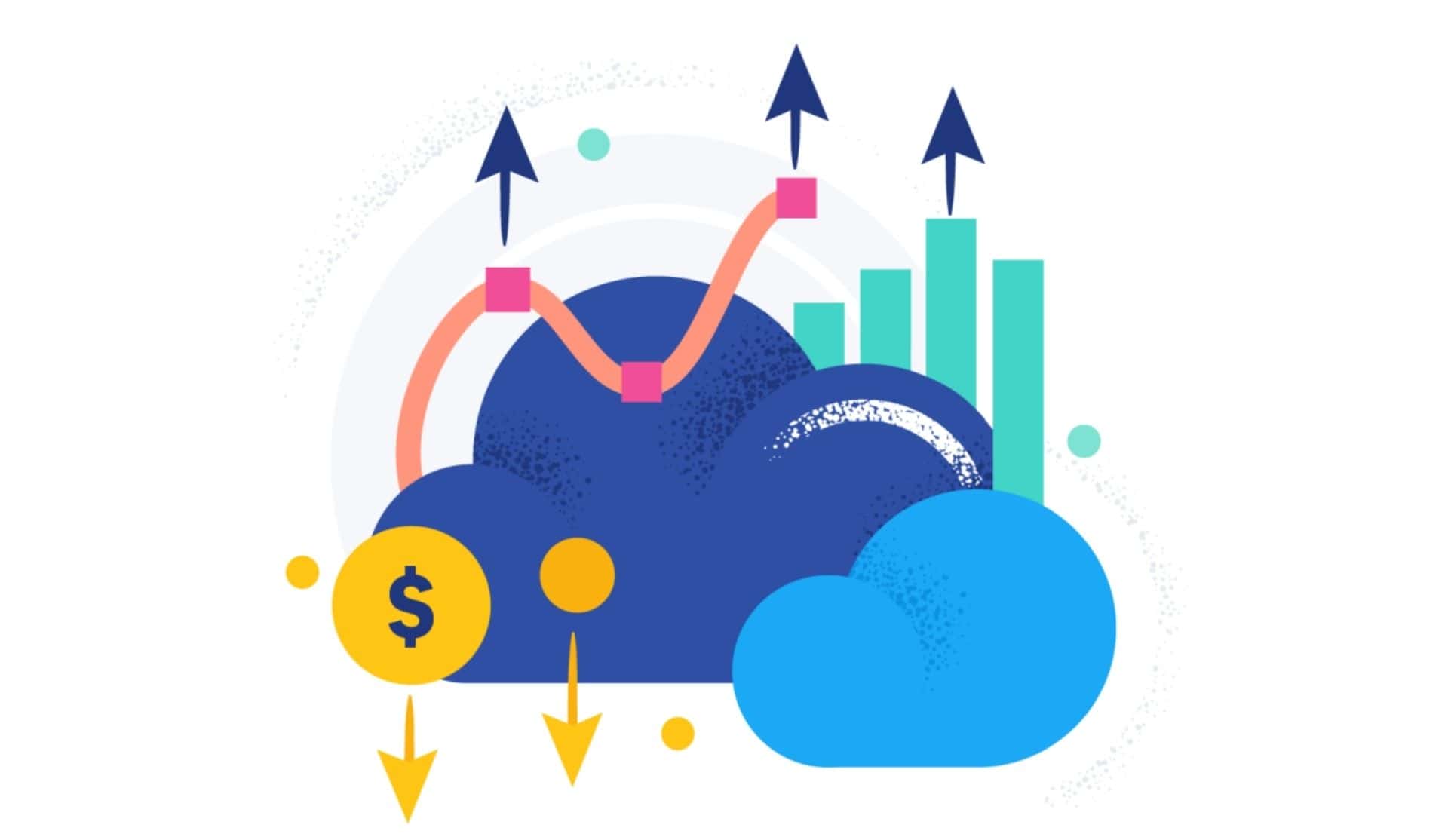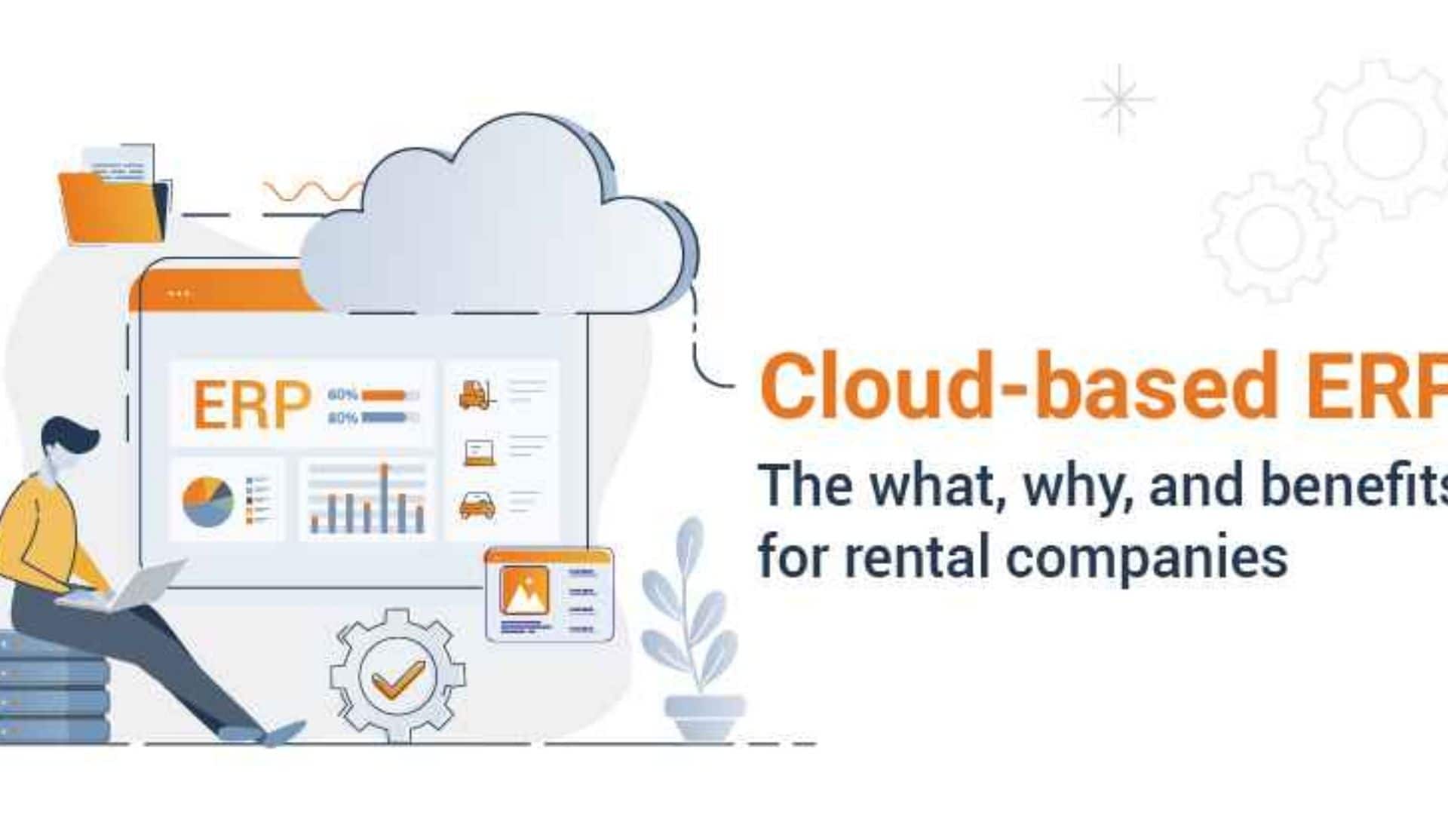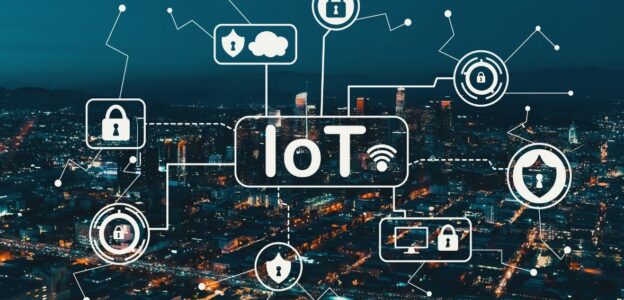Finding a reliable, capable property manager can turn property ownership from a labor-intensive task into a seamless source of passive income. Tenant relations, maintenance, rent collection, leasing, legal compliance, and even emergency repairs are all handled by a property manager, who acts as your local eyes and ears.
According to Investopedia, when owners lack a local presence or would rather not manage daily operations, property management is frequently best outsourced. Selecting the right expert is crucial to protecting your property and your peace of mind, regardless of whether you’re a first-time landlord or growing your real estate portfolio.
Begin with a Strategic Search: Local Referrals and Directories

When you’re ready to find a trusted property manager, starting local is often the smartest approach. Searchable directories of nearby property managers with reviews, price comparisons, and contact details are available on websites such as Zillow and All Property Management.
Managers who are members of the National Association of Residential Property Managers (NARPM) are screened and held to ethical standards, so if professional accreditation is important to you, look for them. It is very helpful to get recommendations from other property owners or real estate experts.
Rather than joining a big company where your asset is just one of many, experience gained over dinner or at a networking event might lead you to a boutique manager who handles each property as if it were their own.
Vetting Candidates: Questions That Reveal Quality and Fit
The key to a successful search is not only who answers, but also who is aware of your objectives and the kind of property you are looking for. Arrange for your shortlisted candidates to have interviews.
Pose targeted queries: How much time does it take to fill a position? What standards do you apply when screening potential tenants? How do you manage price changes and rent adjustments? Discussions on Reddit emphasize that an in-depth discussion, usually lasting an hour, can disclose a manager’s responsiveness and depth of process.
Examine how many units they oversee and how many employees they have. Lower attention to each property may result from a large portfolio. A smaller manager, on the other hand, might provide a customized strategy; just make sure they can grow with your company. Stability and adaptability are guaranteed by the harmony between professionalism and individualized care.
Understanding Services, Costs, and Contracts

Usually costing between 4% and 12% of monthly rent, property management also comes with extra fees for setup, leases, vacancies, and maintenance coordination. The time savings and avoidance of empty months or tenant disputes may make these fees seem excessive, but they are well worth the investment.
Carefully go over service agreements. Are regular property inspections covered by the contract? Do repair authorizations have a cap ,or are they clear? Does the property manager have any go-to suppliers that provide high-quality work at a reduced price? What are the procedures for rent disputes or evictions? Clarity and regular communication are essential for preventing miscommunications and expensive surprises, as the TransUnion team emphasizes.
Credentials and Industry Standards
While many top managers are certified by trade associations such as IREM or NARPM, not all advisors will have official credentials. For instance, IREM’s Certified Property Manager (CPM) designation indicates a high level of expertise in property assets, ethics, and education.
Credentials show dedication, but daily behavior is the true test. Request reports of previous problems, such as maintenance schedules, turnover metrics, or emergency repairs. To learn about responsiveness, transparency, and tenant satisfaction, have direct conversations with current landlords who have collaborated with the candidate.
Balancing Local Knowledge with Future Needs
Employing a manager with local knowledge can make all the difference if your properties are dispersed throughout different states or cities. They can adjust marketing strategies to local rental laws, market rates, and landlord-tenant codes. But you also want someone who can grow with you, like recommending vetted colleagues in other areas or acting as your multi-market partner.
You can make sure you’re not constrained by location by striking a balance between local presence and scalable structure. Similar to Airbnb’s quality and proximity-focused co-host model, many landlords now utilize co-host networks or real estate platforms that pair owners with high-performing, small-scale managers in their local area. As your real estate investing strategy expands across cities or states, working with local experts who can scale with your portfolio becomes critical to long-term success.
Real-World Pitfalls: Why Not All Property Managers Are Equal

Even managers with extensive training can make mistakes. Stories of neglect—ignored maintenance, mysterious charges, or owners left chasing unpaid rent—are highlighted in international reports. Subcontractor kickbacks, unclear fee structures, or inadequate oversight are the root causes of many issues.
Making decisions only based on cost or location may result in annoyance and legal risk. Find a person who is willing to share the rent roll data, vendor invoices, back-end logs, and inspection summaries to prevent these problems. Make sure the partnership is based on mutual respect rather than merely a contract.
Building Trust Through Client–Manager Relationship

A successful property manager turns into an extension of you. Communication and trust must be the cornerstones of this. Establish clear escalation procedures for emergencies, plan frequent performance evaluations, and decide on financial thresholds for repairs.
Gaining familiarity with the decision-making process can help you avoid unpleasant surprises, regardless of your level of involvement. Your workflow can be made more transparent and simple with a cloud-based portal for online approvals, digital statements, and tenant requests.
How Property Managers Handle Tenant Relations Can Make or Break Your Investment
Tenant relations is one of the most overlooked yet important facets of property management. Occupancy rates, internet reviews, and long-term profitability are all directly impacted by a manager’s interactions with tenants, including how they handle complaints, enforce lease terms, and resolve conflicts. Tenants who experience neglect or poor treatment are more likely to terminate their leases early, postpone rent, or post unfavorable reviews online, all of which can turn off potential candidates.
Spend some time learning about the communication style of the tenants when you interview property managers. Do they use threats or empathy when reminding people? Do they follow up after the job is completed and react quickly to maintenance issues? Request examples of how they have helped a good tenant through a difficult time or defused a heated argument.
A company’s values are frequently more evident in the way these stories are told than in a slick website or five-star review. Additionally, managers who perform post-move-out surveys or exit interviews can give you information about how the tenant is feeling about the property.
Small but significant improvements, such as installing a safe package drop box or enhancing the landscaping, can be guided by that data and not only support higher rent but also increase the property’s appeal through word-of-mouth. These soft skills are essential in a market where tenants frequently shop on their phones and vacate within a year. They serve as the cornerstone of sustained success.
How Modern Technology Can Boost Efficiency and Owner Peace of Mind
An exceptional property manager stands out by using technology to increase transparency and streamline operations. From a single platform, tools like Buildium, AppFolio, or Propertyware facilitate the automation of rent collection, maintenance tracking, lease document management, and the creation of clear owner reports. In addition to saving time, this lowers errors and raises tenant satisfaction.
Owners have real-time access to financials and performance metrics, and tenants can track progress and submit repair requests. Additionally, advanced features start screenings, automate late fees, and track vendor dependability. Technology makes sure that nothing is overlooked.
Above all, it fosters trust. You’ll always have the information you require, when you need it, saving you the trouble of searching for updates and providing you with complete insight into your investment. Tech-forward solutions not only save time but also optimize property inspections, maintenance tracking, and tenant communication—ensuring no detail is missed in the day-to-day operation of your rental.
When The Relationship Isn’t Working: How and When to Reevaluate
Over time, even the best tenancy experiences changes. A need for a reevaluation may be indicated by high turnover, unresolved maintenance issues, or inconsistent statements. It makes sense to audit your management team annually, much like real estate investors reassess underperforming assets.
You can check up-to-date reviews and customer satisfaction ratings on sites like Yelp, RateMyAgent, or NARPM listings. Transition strategies, such as how the next manager will seamlessly handle tenant transition or onboarding, should be in place if performance is lagging.
Working With Rental Agents vs. Full-Service Property Managers

Some owners decide to work with a tenant’s agent to find renters and manage check-ins when they own a property through short-term listings or platforms like Airbnb—without committing to full-service property management. Although this model gives you more flexibility, it also puts more of the burden of continuing tenant care on you.
Whether you want operational partnership or transactional assistance will ultimately determine the best course of action.
Conclusion: How to Hire With Confidence
The process of selecting the best property manager involves combining research, interviews, and expectations that are in line. Start with a reliable resource or recommendation. Look for proven methods and local knowledge. Inquire directly about openings, screening, upkeep, and costs. Put transparency ahead of low prices.
Additionally, keep in mind that the best managers protect and responsibly grow your asset rather than merely filling units. You can find a partner who will safeguard your investment and increase your peace of mind by carefully considering the hiring process. Your property can prosper with the correct manager, and your job becomes less demanding and more strategic.







